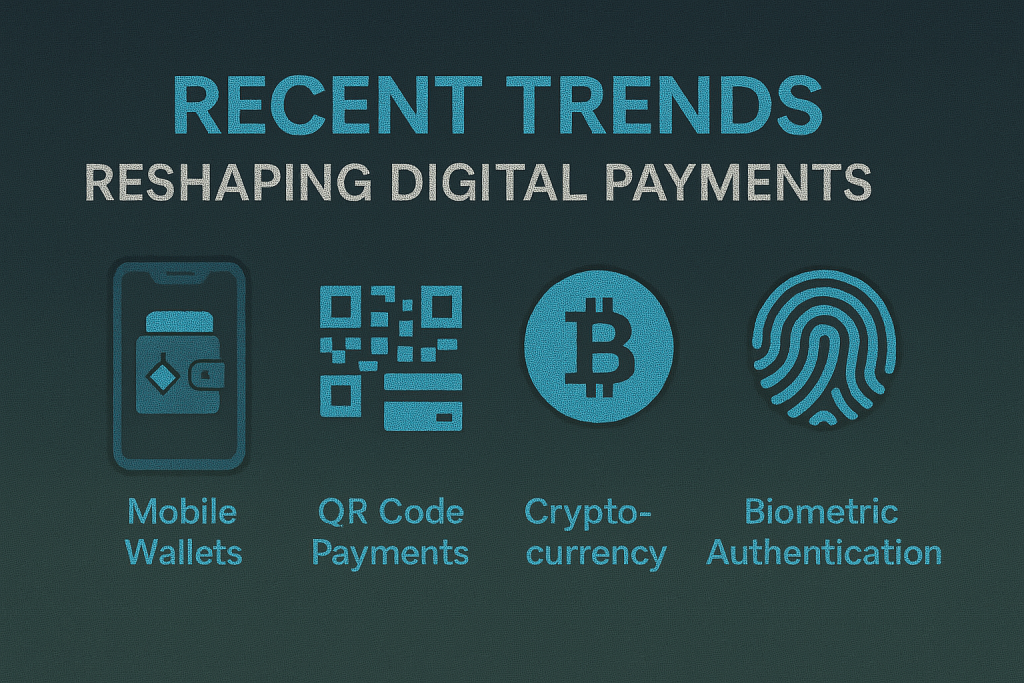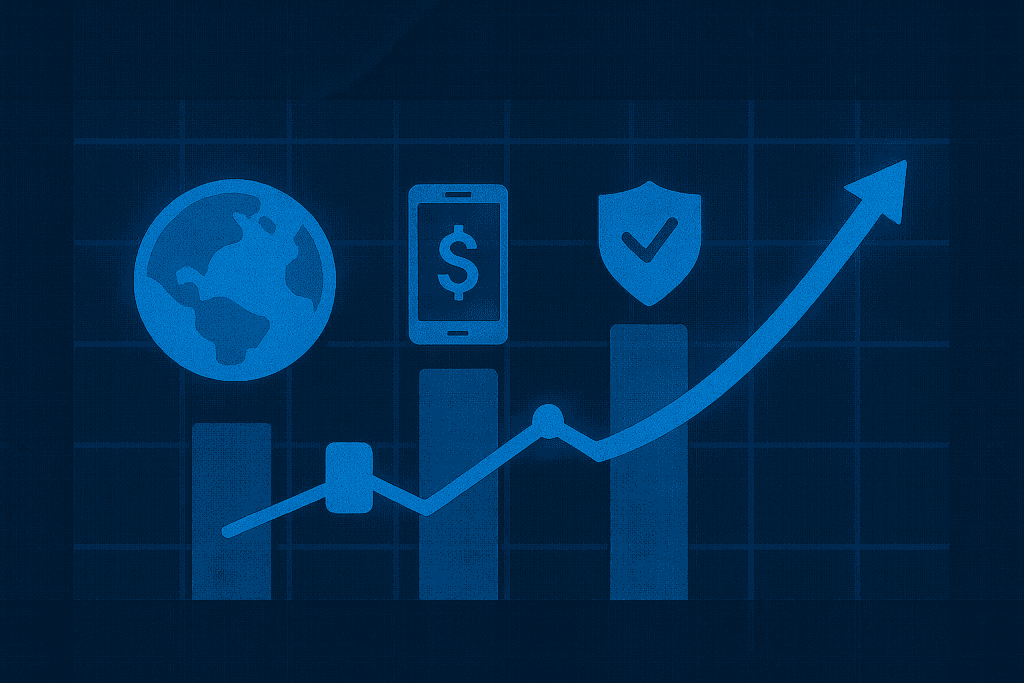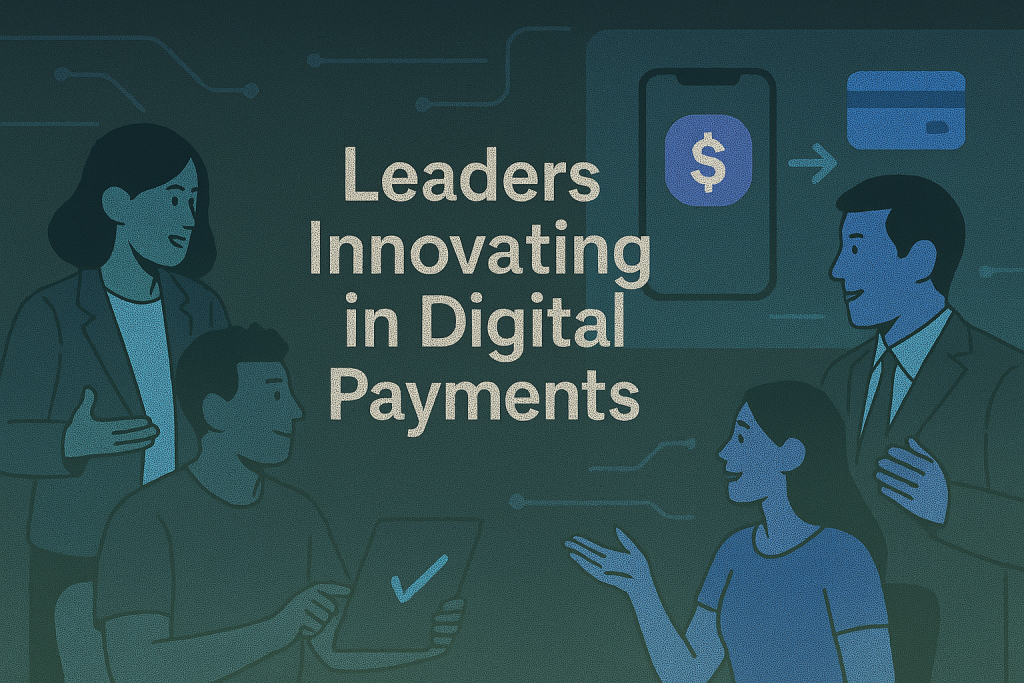
The world is rapidly embracing a digital-first approach in almost every aspect of life, and the way we pay for goods and services is no exception. The future of digital payments is being rewritten with the introduction of Central Bank Digital Currencies (CBDCs). These state-backed digital currencies promise to enhance payment systems, improve financial inclusion, and provide a secure alternative to private cryptocurrencies.
This is more than a technological upgrade; it’s a pivotal shift in the global financial landscape. As major economies test and refine CBDCs, individuals, businesses, and governments are poised to reap the benefits. But how exactly will this innovation change our everyday lives? Let’s explore the full story.
Recent Developments Shaped Digital Payments
In recent years, central banks worldwide have ramped up efforts to develop CBDCs. Unlike private cryptocurrencies like Bitcoin, CBDCs are fully backed by central governments, providing a stable and regulated form of digital currency. This development is not just theoretical; it’s already in motion. For instance:
- China: The People’s Bank of China has been leading the charge with its digital yuan, which has undergone extensive trials in cities like Shenzhen and Beijing.
- Sweden: The Riksbank has been testing the e-Krona, positioning itself as a leader in Europe’s move toward digital currencies.
- India: The Reserve Bank of India announced plans to launch a digital rupee pilot, aiming to integrate it with existing payment systems.
These advancements respond to rising competition from cryptocurrencies, the need for faster cross-border transactions, and the desire to modernize financial infrastructures. By leveraging technologies like blockchain, CBDCs offer a way to streamline transactions for both payers and payees, reduce costs, and minimize delays.
Timeline and Locations of Digital Payments Advances

As the world embraces a cashless future, digital payments have evolved rapidly through significant milestones across various regions. Central Bank Digital Currencies (CBDCs) are at the forefront of this transformation, with countries actively testing and implementing them to modernize financial systems. Below is a table highlighting key developments globally:
| Year | Country/Region | Development |
|---|---|---|
| 2020 | Bahamas | Launch of the “Sand Dollar,” the world’s first operational Central Bank Digital Currency (CBDC). |
| 2021 | China | Extensive trials of the digital yuan in cities like Shenzhen and during major events like the Winter Olympics. |
| 2023 | Sweden | Pilot testing of the e-Krona by Riksbank to explore the digitalization of payments in Sweden. |
| 2025 (Projected) | European Union | Planned rollout of the digital euro by the European Central Bank (ECB) across member nations. |
| Ongoing | Global | Over 100 countries actively researching or testing CBDCs, as noted by the Bank for International Settlements. |
This timeline showcases how different regions are pioneering advances in digital payments, setting the stage for a seamless and innovative financial future.e digital euro. Meanwhile, the Caribbean has already introduced the “Sand Dollar,” making it one of the first regions to adopt a fully operational CBDC.
Key Players Driving Digital Payments Evolution

Key stakeholders are working together to bring CBDCs from concept to reality:
- Central Banks: The driving force behind CBDCs, central banks aim to maintain monetary stability while modernizing payment systems.
- Financial Institutions: Banks, payment processors, and fintech companies are collaborating to integrate CBDCs into their services.
- Tech Innovators: Companies like IBM and Worldline are developing the technological frameworks necessary for secure and scalable deployment.
- Consumers and Businesses: As end users, individuals and enterprises will shape the adoption and usage of these currencies through their demand and feedback.
The involvement of these diverse players highlights the broad implications of CBDCs, from individual convenience to global economic policy.
Why Central Bank Digital Payments Matter
CBDCs are poised to revolutionize the world of digital payments—but why should we care? The answer lies in their transformative potential across multiple dimensions:
1. Speed and Efficiency
One of the most significant advantages of CBDCs is the ability to process payments faster than traditional systems. Current cross-border payments often involve lengthy batch processing through multiple intermediaries, which can take days. CBDCs eliminate many of these steps, enabling near-instant transactions.
2. Financial Inclusion
In regions with limited access to banking services, CBDCs could bridge the gap. By enabling digital wallets tied to central bank accounts, unbanked populations could participate in the economy without needing traditional financial infrastructure.
3. Enhanced Security
CBDCs offer a safer alternative to private cryptocurrencies, which are often criticized for volatility and lack of oversight. Backed by central authorities, CBDCs ensure the trust and stability that consumers and businesses demand.
4. Cost Savings
Reducing the need for intermediaries also means lower transaction fees. For businesses relying on high-volume payments, such as e-commerce platforms, this could lead to significant savings.
5. Better Monetary Policy
CBDCs provide governments with a powerful tool to monitor and manage their economies. By offering real-time data on transactions, they can fine-tune monetary policy more effectively, respond quickly to crises, and curb financial crimes like tax evasion.
Ultimately, CBDCs are not just about modernizing payment systems; they’re about creating a more inclusive, efficient, and secure financial ecosystem.
Quotes on Digital Payments and CBDCs
Leaders in the financial and technology sectors have voiced their support for the potential of CBDCs:
“The integration of CBDCs into our payment systems could redefine the role of traditional banks, creating new opportunities for innovation.” – Worldline report on CBDCs.
“CBDCs will be a game-changer for the global economy, offering the speed and transparency that modern commerce demands.” – A spokesperson from IBM.
“This is not just about technology; it’s about building trust in the future of money.” – European Central Bank official.
Conclusion
The future of digital payments is here, and it’s wrapped in the promise of Central Bank Digital Currencies. These innovations aim to revolutionize how we send, spend, and save money. As we move toward a cashless world, CBDCs will likely become a cornerstone of our financial ecosystem, blending the agility of cryptocurrencies with the reliability of traditional banking. Stay tuned—because this revolution is just getting started.
Resources
- Thales Group. Digital Currency: The Future of Money
- IBM. The Future of Digital Money
- Worldline. Central Bank Digital Currency: The Future of Money
- YouTube. Future of Digital Payments with Central Bank Digital Currencies
- Bank for International Settlements. Speech on Digital Payments
